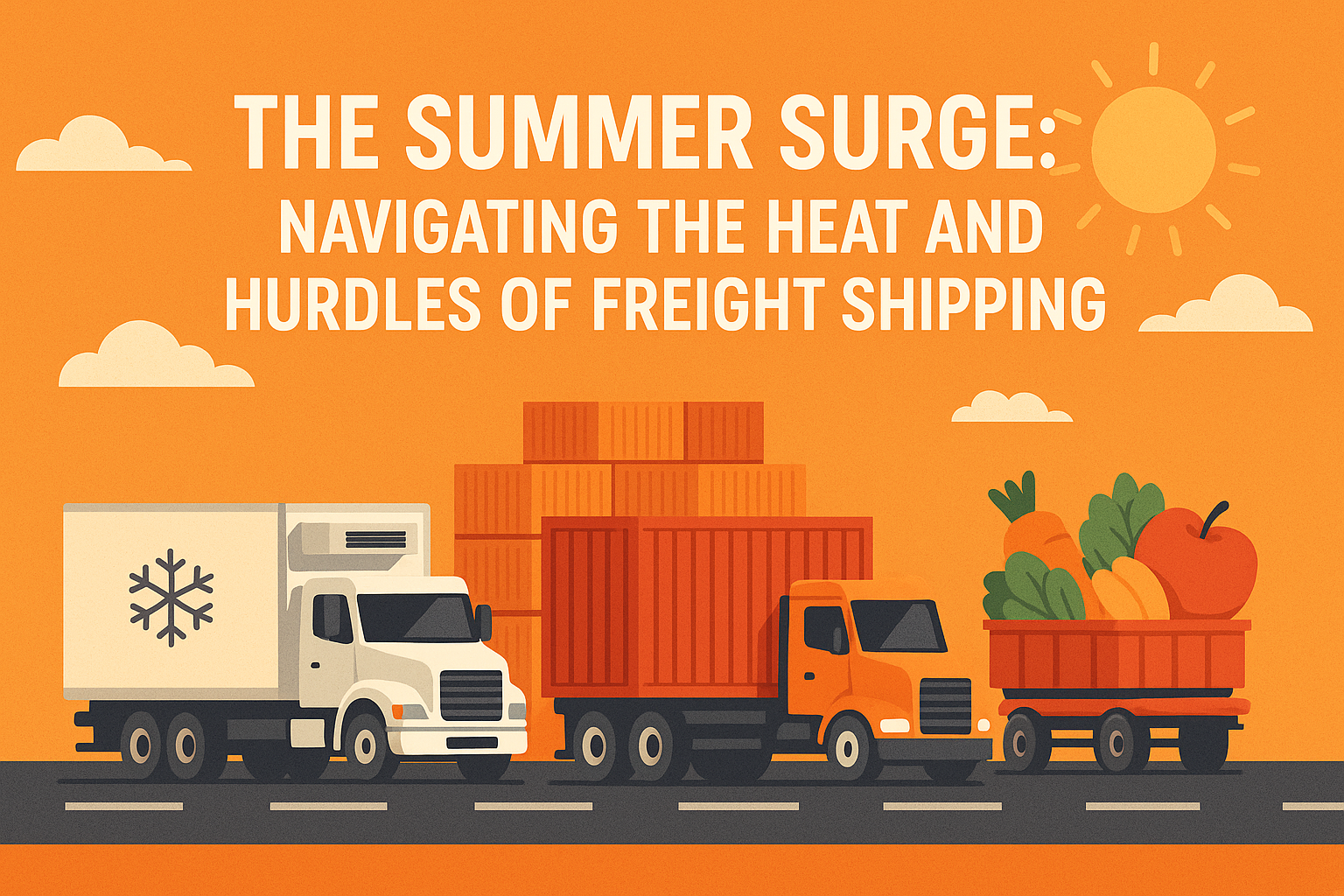
As the days grow longer and the mercury rises, many of us eagerly anticipate summer vacations, outdoor adventures, and a more relaxed pace of life. For the freight shipping industry, however, summer often signals a different kind of intensity. Far from a slowdown, the summer months bring a unique set of demands, challenges, and opportunities that significantly impact shipping volumes, prices, and overall logistics.
From the hum of refrigerated trucks carrying fresh produce to the rush of consumer goods for back-to-school and pre-holiday stocking, the summer season is a dynamic period for freight. Understanding its nuances is crucial for shippers, carriers, and logistics providers alike to ensure a smooth and efficient supply chain.
Summer freight volumes are driven by several key factors, creating distinct surges and shifts:
With increased demand often comes increased prices. Summer freight rates typically see an upward trend due to:
Beyond the usual logistics complexities, summer presents its own unique set of operational hurdles:
To navigate the summer freight landscape effectively, proactive planning is paramount:
The summer months, while a time of leisure for many, are a high-stakes period for freight shipping. By understanding the seasonal impacts on volumes, prices, and the unique challenges presented by warmer weather and holidays, businesses can implement strategic planning and maintain strong partnerships to keep their supply chains moving efficiently, even when the heat is on.
Sign up with your email address to receive news and updates.


DocuDrive Solutions offers a complete suite of apps and online platforms for the logistics industry. We were founded by truckers with one simple goal: to keep drivers on the road.

3532 Kauai Ct, Lake Havasu City, Arizona 86406, United States

(720) 362-3783
